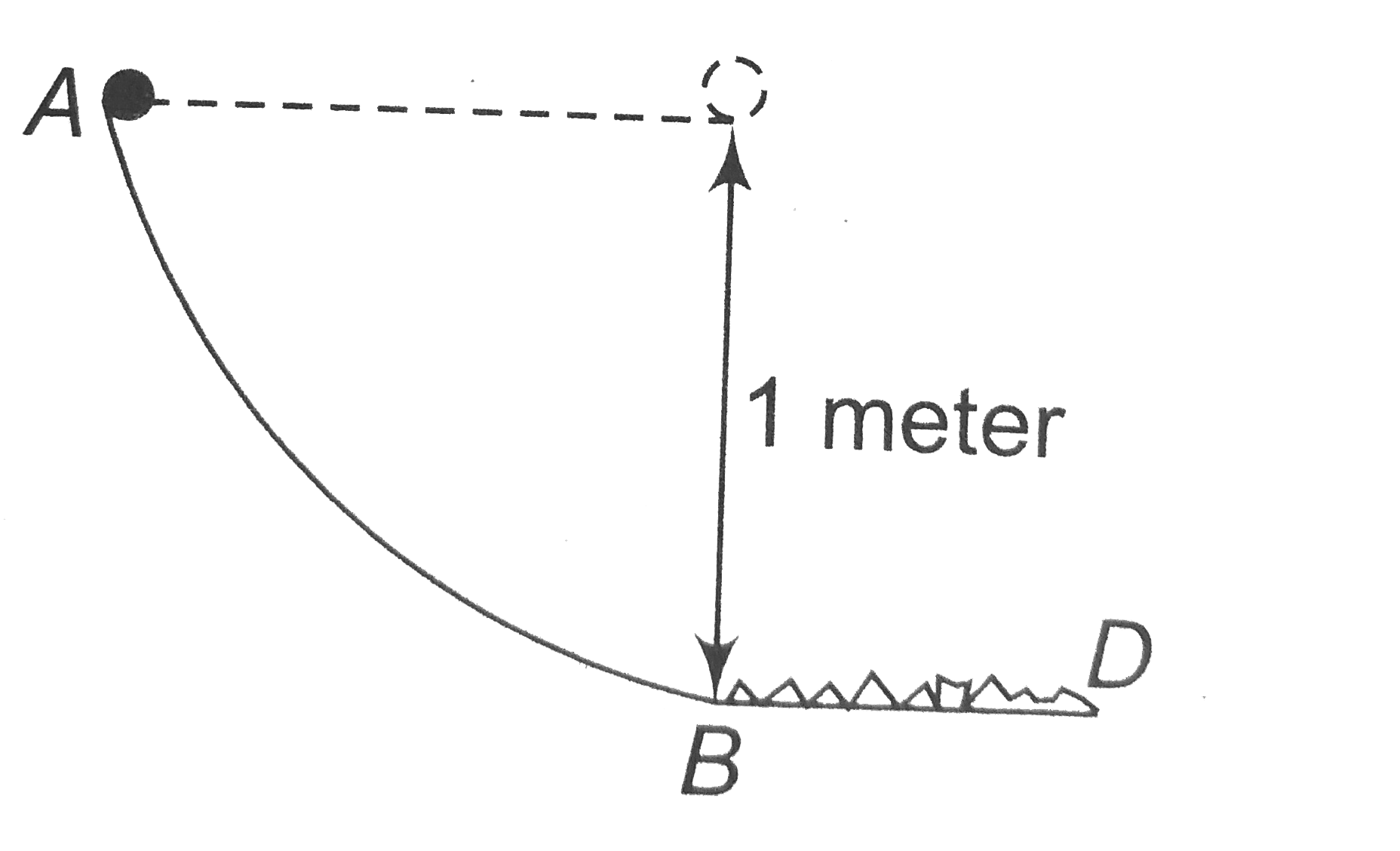A
B
C
D
Text Solution
Verified by Experts
The correct Answer is:
Topper's Solved these Questions
DAILY PRACTICE PROBLEMS
RESONANCE|Exercise dpp 38|5 VideosDAILY PRACTICE PROBLEMS
RESONANCE|Exercise dpp 39|3 VideosDAILY PRACTICE PROBLEMS
RESONANCE|Exercise dpp 36|5 VideosCURRENT ELECTRICITY
RESONANCE|Exercise Exercise|54 VideosELASTICITY AND VISCOCITY
RESONANCE|Exercise Advanced Level Problems|9 Videos
Similar Questions
Explore conceptually related problems
RESONANCE-DAILY PRACTICE PROBLEMS-Dpp 37
- In the track shown in figure section AB is a quadrant of a circle of 1...
Text Solution
|
- A block of mass m is attached with a massless spring of force constant...
Text Solution
|
- Starting at rest , a 10kg object is acted upon by only one force as in...
Text Solution
|
- Block A in the figure is released from rest when the extension in the ...
Text Solution
|
- The minimum work done required to accelerate a truck on a horizontal r...
Text Solution
|
- Which of the following relations are always true ? vec(v)= velocity,...
Text Solution
|
- In the arrangement shown in figure the masses of the wedge M and the b...
Text Solution
|
- The block of mass m initially at x=0 is acted upon by a horizontal for...
Text Solution
|
